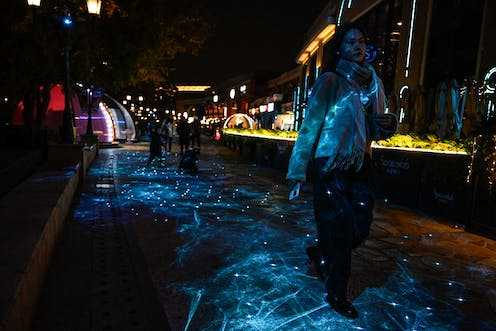Rethinking the Mall- China's Creative Uses of Retail Space

While strolling through the Oasis Mall in suburban Shanghai on a recent research trip to China, I noticed a notable trend in the vacant retail spaces. Once symbols of China's economic prosperity, these sprawling shopping centers are now struggling to attract foot traffic, facing challenges posed by the rise of online shopping and the impact of the COVID-19 pandemic. But amidst the vacant storefronts, I encountered unique and unexpected scenes, such as a group of young ballet students practicing in a space that was initially meant for retail. This transformation of empty retail areas into a dance studio epitomizes the evolving perceptions of malls in China. Over the past three decades, malls in China have been synonymous with economic growth, providing sanctuary for the burgeoning middle class to partake in consumer activities away from the chaos of the streets. However, with the changing economic landscape and shifts in consumer behavior, many of these malls are experiencing a revival in purpose. Owners and users are venturing into uncharted territories, repurposing these spaces as hubs of social interaction and community engagement. From pet playgrounds to indoor snow centers, these malls are embracing a reinvented identity, serving as arenas for shared experiences and connections that cannot be replicated online. While similar transformations are emerging in the U.S., China's innovation in this realm is on a grander scale, signifying a new era for retail spaces worldwide. The evolution of China's malls is a testament to the adaptability of urban spaces and the dynamic nature of consumer culture, offering valuable insights for reimagining the use of retail spaces in other parts of the world.